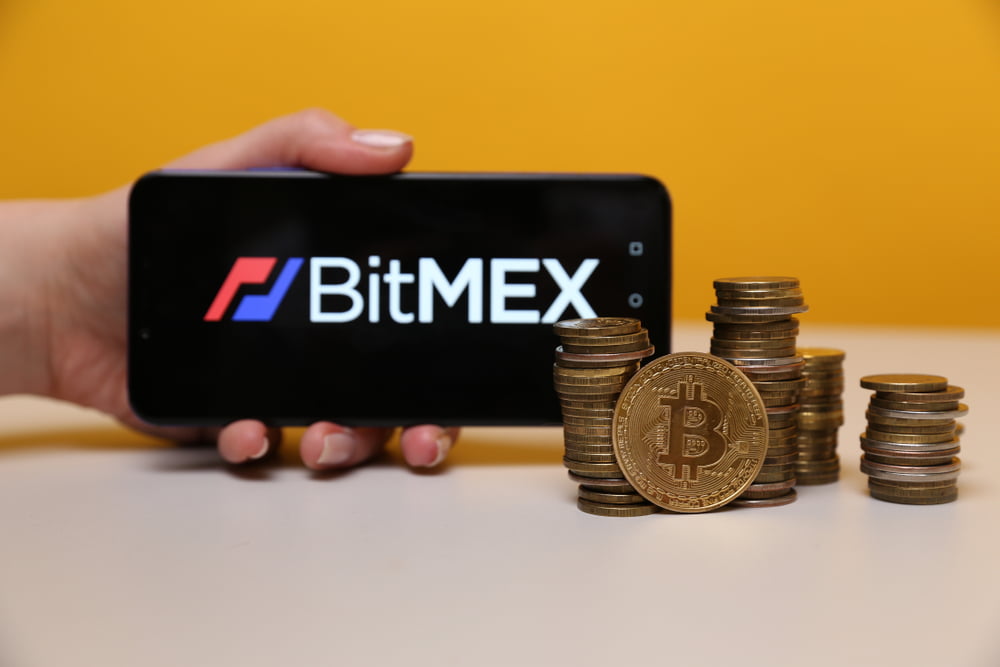In this week’s podcast, I chatted with Kathleen McCarthy, Global co-head of Blackstone Real Estate.1 We recorded this on November 30th, before all the news broke on the BREIT liquidity gates.
But I am very familiar with the product. RWM is a discretionary RIA, which primarily invests in stocks and bonds via ETFs, Mutual Funds, and Direct Indexing. Typically, we do not allocate to illiquid alternatives, unless a client is specifically interested in them.
Illiquid investments do have some appealing aspects: Start with the illiquidity premium, the return above traditional stocks or funds. Illiquid Alts theoretically generate greater returns because the structure of daily liquidity contains embedded costs. By giving up the right to get your money back anytime you want, you recapture that expense. This is advantageous if you do not need your capital for a long time.
Next, illiquid funds can purchase items such as nontraded REITs and real estate; these take too long to sell and therefore will not work in investor vehicles requiring daily liquidity. These markets are arguably less efficient and therefore have room to create alpha. And last, because the fund’s investors do not demand liquidity, the fund can have a longer-term time horizon of years instead of quarters allowing time and compounding to work in the investors’ favor (despite themselves).
We kicked the tires of BREIT for possible inclusion on our platform. It presents as a very professionally managed fund, and to their credit, Blackstone has done a great job making it easy to work with all of the major RIA custodians for this. Usually, an illiquid (non-traded) alt is a bit of a nightmare for RIAs: Custodian issues, performance reporting, disclosures, account sign-ups, and allocations are all complex and time-consuming. From what we saw, Blackstone has figured out how to institutionalize this.
That was part of the attraction, as were the strong returns. But it was also part of the reason why we passed. The issue was not the 2% monthly or the 5% quarterly gates, but rather, the co-investors in BREIT. Its holders include a huge swath of large brokerage firms. Many of these are hybrids, e.g, part RIA and part B/D. They do not follow the fiduciary rule but instead swap hats on a whim.2 The concern raised by members of my investment committee was that these short attention span investors may not make for the best co-investors.
You probably do not think very often about who your co-investors are. In the stock market, it’s anyone with a portfolio or 401k/IRA or trading account. But you probably should be aware of their impact.
Co-investors are why stocks form bubbles; why markets crash; why the efficient market occasionally becomes so much less so. They are why multiples expand and contract; why stocks with similar-sounding names are sometimes mistaken for one another. Some of your fellow investors are to-the-moon-hodlers, while others are weak hands. They are why you sometimes owe capital gains taxes on mutual funds you have not yet sold.
Your co-investors are a crowd singing soccer chants in unison that occasionally becomes an unthinking mob of rioting hooligans. We hope they rely on Kahneman’s system two (Thinking Slow) but experience teaches they too often rely on system one (Thinking fast).
For the most part, your co-investors in the stock or bond market are pretty much everybody. There ain’t a whole lot you can do to avoid their bad behaviors other than stay away from the penny stocks and Reddit bets that are the mainstay of day traders. You’re stuck with them.
At least with publicly traded stocks. Once you venture into the world of alternatives, such as hedge funds, private equity, and venture capital, your co-investors actually matter. What you are looking for in the people who will be investing alongside your capital are a few basic things: A long-term perspective, professionalism in their approach to allocating capital, and a consistent philosophy that doesn’t shift anytime the wind does.3
Therein lay one of the many challenges of investing in illiquid alternatives…
~~~
Note: From all I have seen and read, it appears Blackstone did exactly what they said they would in their disclosures. They gated the funds once the 2% monthly demands were met.
You may not think about it much, but who your co-investors are matters.
Previously:
Bought or Sold? (April 28, 2022)
Cars are for Driving, Sneakers are for Wearing (November 11, 2020)
The Hidden World of Failure (October 23, 2020)
Debate: Does Private Equity Warrant a Spot in Retirement Accounts? (September 18, 2020)
__________
1. I previously interviewed Joan Solotar, Blackstone’s Global Head of Private Wealth Solutions
2. If they did what was in the best interest of clients, they would forgo too much in commission dollars. In classic Wall Street fashion, the rules they agree to in order to avoid the Fiduciary Standard are called “Best Interest” – but they are in reality anything but.
3. Where we normally would see exits in illiquid alternatives are death or divorce; the illiquid alternative investment is not a suitable investment for the surviving spouse and/or estate beneficiaries. Hence, there needs to be some form of an ordinary way to exit with minimum penalty. It is an accommodation, not a market timing tool…


















Comments 2